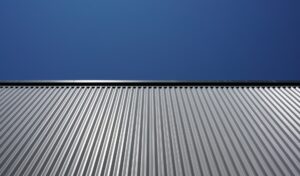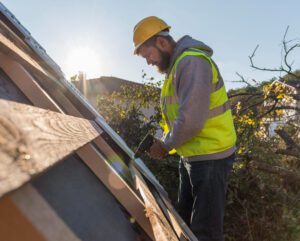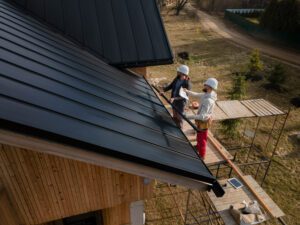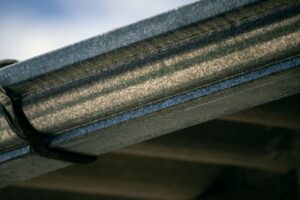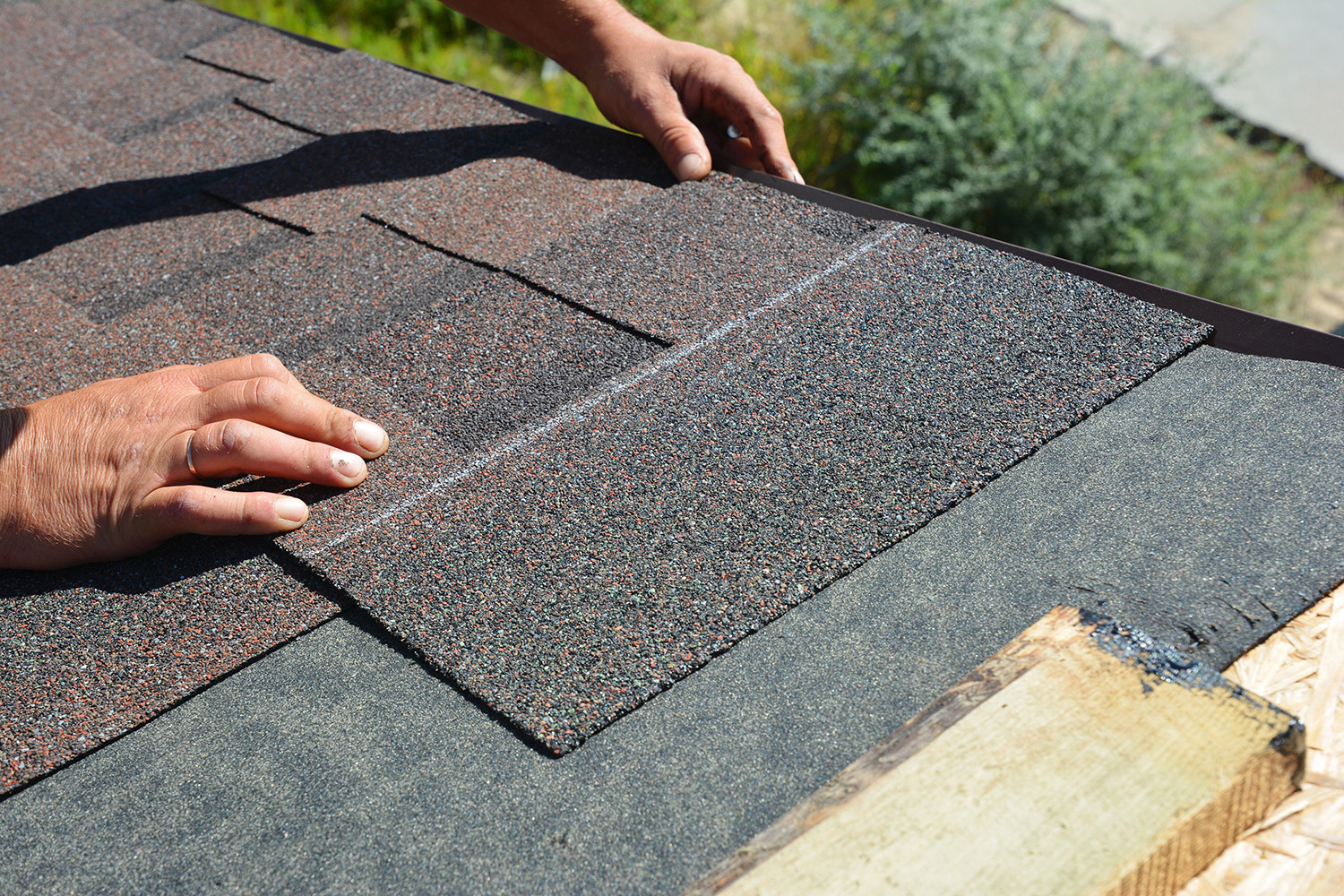
When it comes to roofing, there are many important factors to consider, including the type of materials used and the installation process. One question that homeowners often have is how many layers of shingles can be placed on a roof. While this may seem like a simple question, the answer is more nuanced than expected.
In this article, we will explore the topic in-depth, discussing the reasons why fire safety regulations limit the number of shingle layers, the problems that multiple layers can cause, and the importance of proper shingle removal.
Fire Safety Regulations
In most states, fire safety regulations dictate that no more than two layers of shingles can be placed on a roof. This is because having more than two layers can increase the risk of a fire spreading throughout the structure. The added weight of additional layers of shingles can also make the roof more susceptible to collapse in the event of a fire or other emergency situation.
Despite these regulations, it is not uncommon to see roofs that have three or even four layers of shingles. This is often due to homeowners trying to save money by avoiding the cost of removing the existing layers before installing a new one. However, this is not a recommended practice and can lead to a variety of problems down the road.
Problems with Multiple Layers of Shingles
One of the main problems with having multiple layers of shingles on a roof is that it can cause the roof to become uneven. This can lead to water pooling on the roof, which can cause leaks and other damage. Additionally, the added weight of multiple layers of shingles can put a strain on the structure of the building, potentially leading to structural damage over time.
Another issue with multiple layers of shingles is that it can make it more difficult to properly inspect the roof. This can make it harder to identify and address any issues that may arise, such as leaks or damage from storms or other weather events.
Removing Multiple Layers of Shingles
If you do have multiple layers of shingles on your roof, it is recommended that you have them removed before installing a new one. This will help prevent any of the issues we discussed earlier, such as unevenness and added weight. Removing the existing layers of shingles can also make it easier to properly inspect the roof and identify any issues that need to be addressed.
To be honest, this whole process can be a time-consuming and labor-intensive process, but it is essential to do it properly to ensure the long-term health of your roof and your home. It is recommended that you work with a professional roofing contractor to remove the existing shingles and install a new layer.
Conclusion
Overall, while it may be tempting to add multiple layers of shingles to your roof to save money on installation costs, it is not recommended. Fire safety regulations in most states dictate that no more than two layers of shingles can be placed on a roof, and having multiple layers can lead to a variety of problems, including unevenness, added weight, and difficulty with inspections. If you do have multiple layers of shingles on your roof, it is important to have them removed before installing a new layer to ensure the long-term health of your roof and your home.
If you are looking for a reliable company that deals with roof shingles in New Hampshire, look no further than our services here at J. Carnes & Son Roofing. We are the leading and most trusted residential roofing contractor in New Hampshire and Southern Maine, and we are here to help you maintain and repair your problematic roof. Call us today and let us tend to your shingles in no time!

